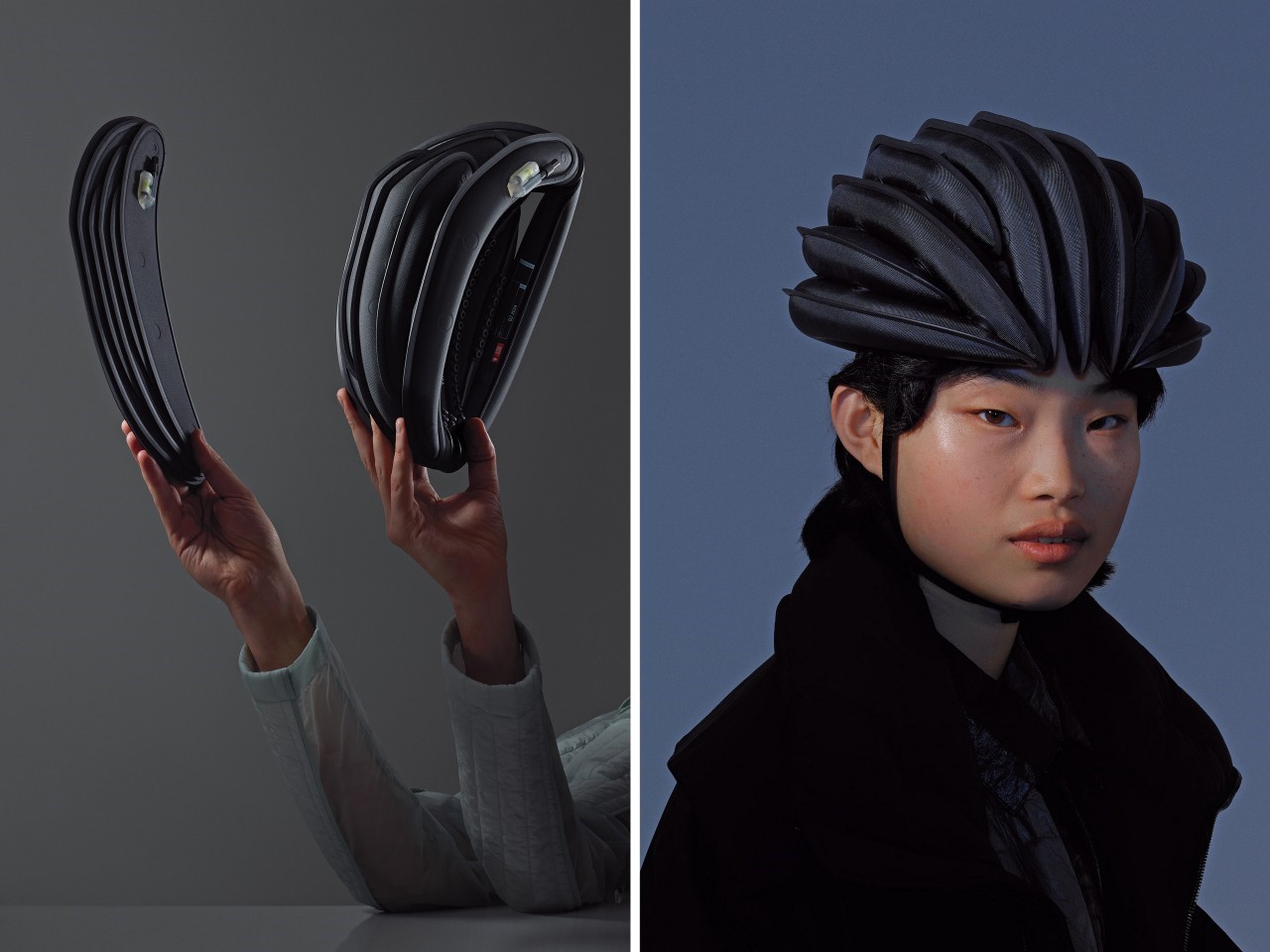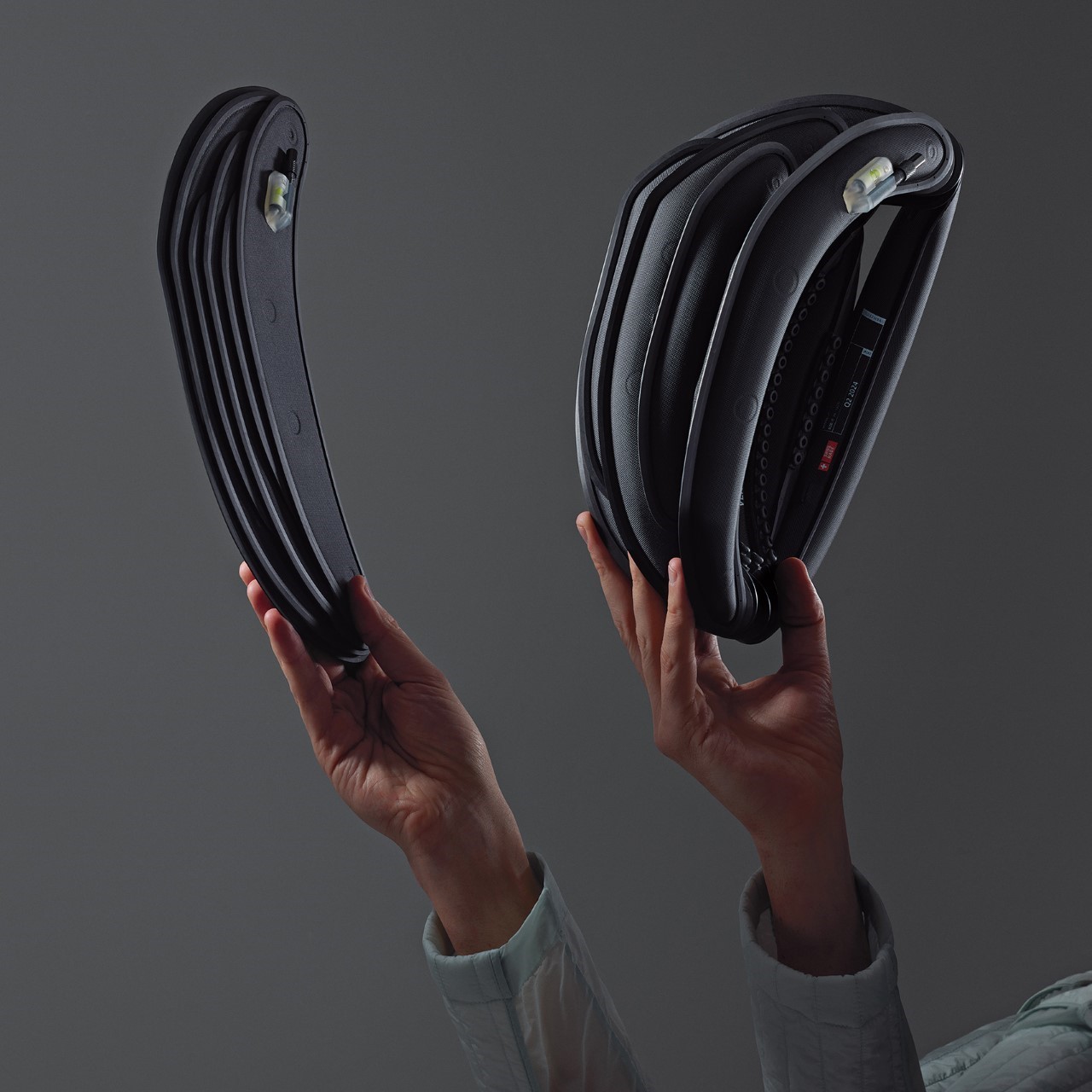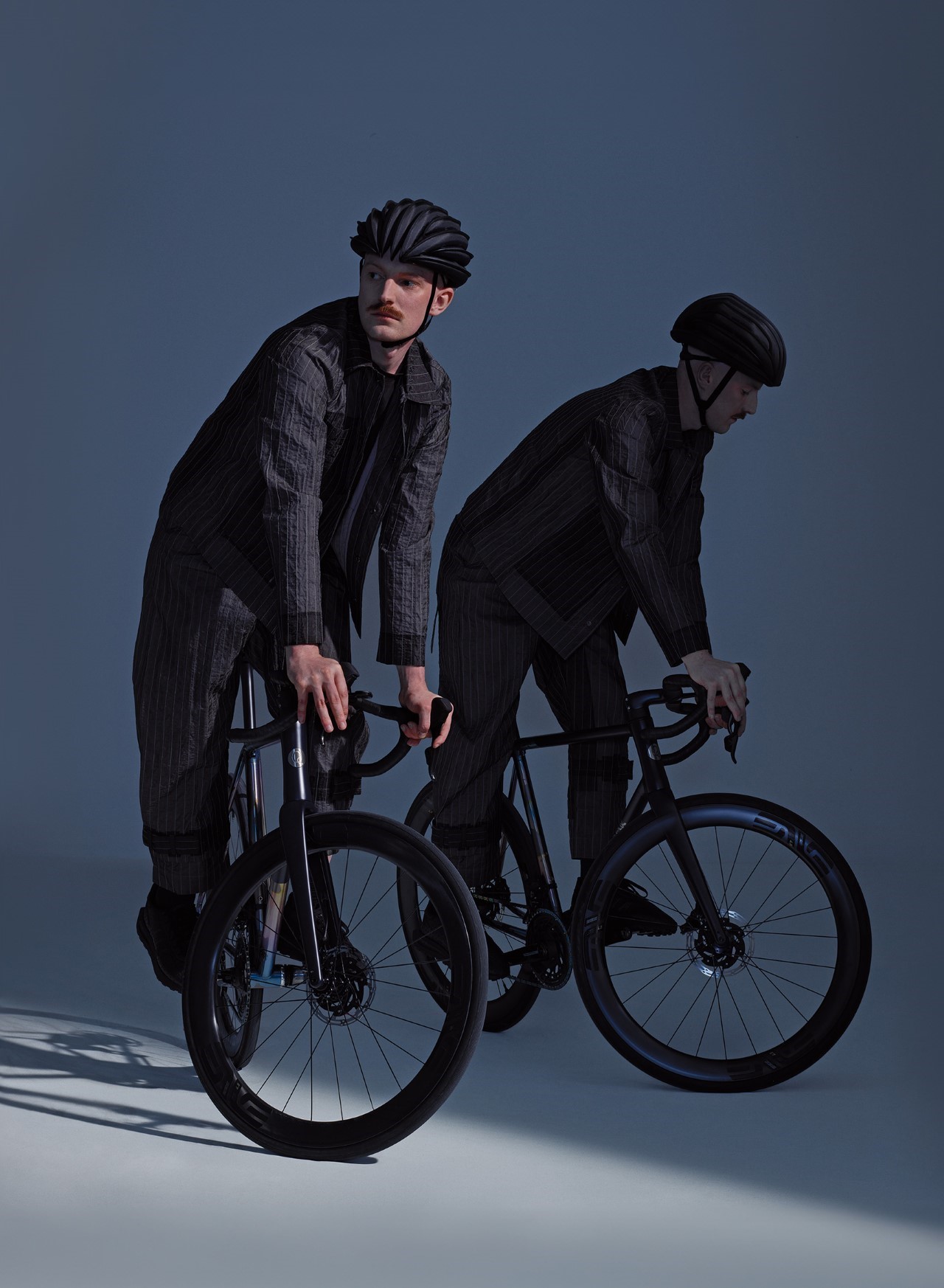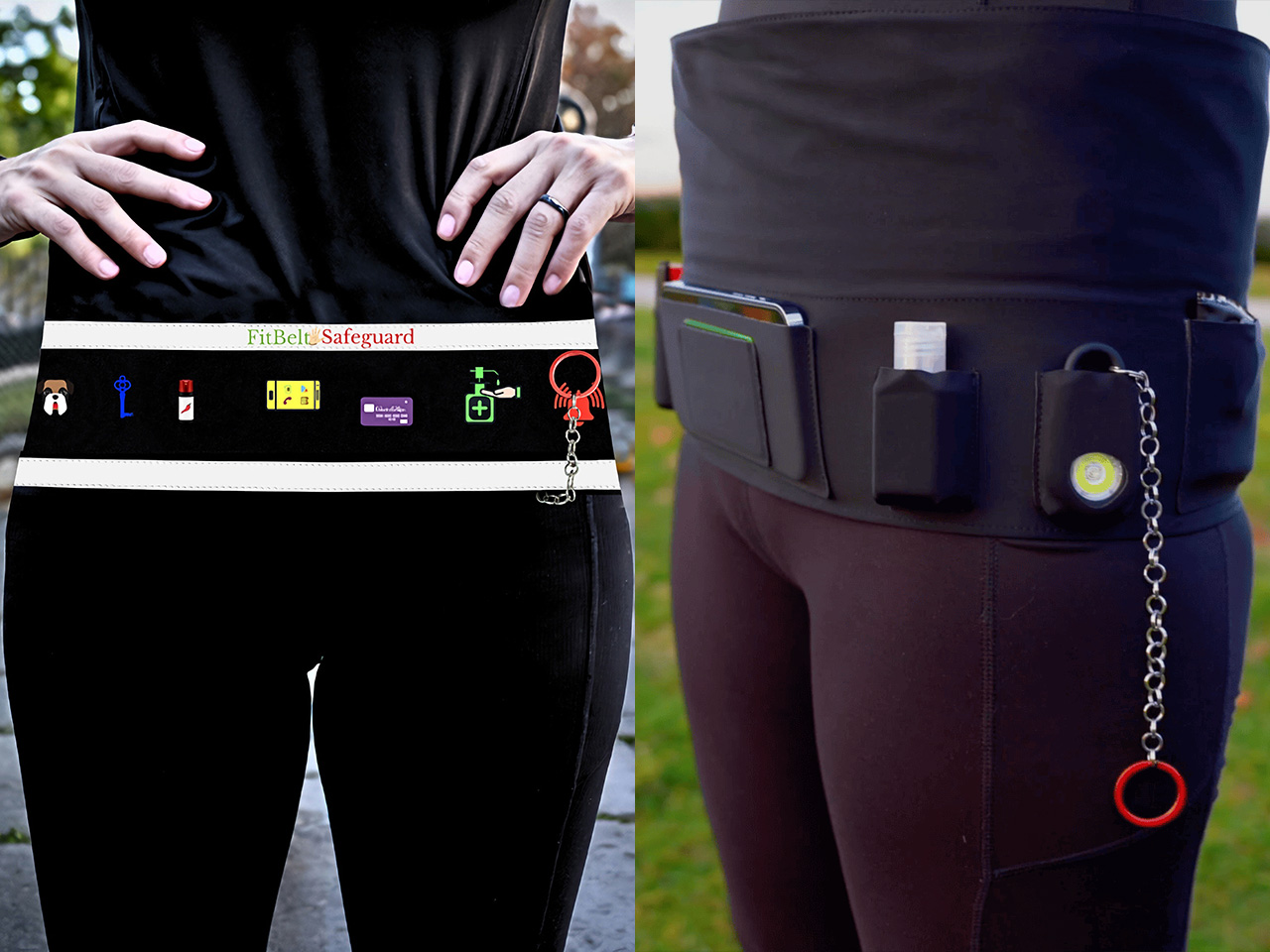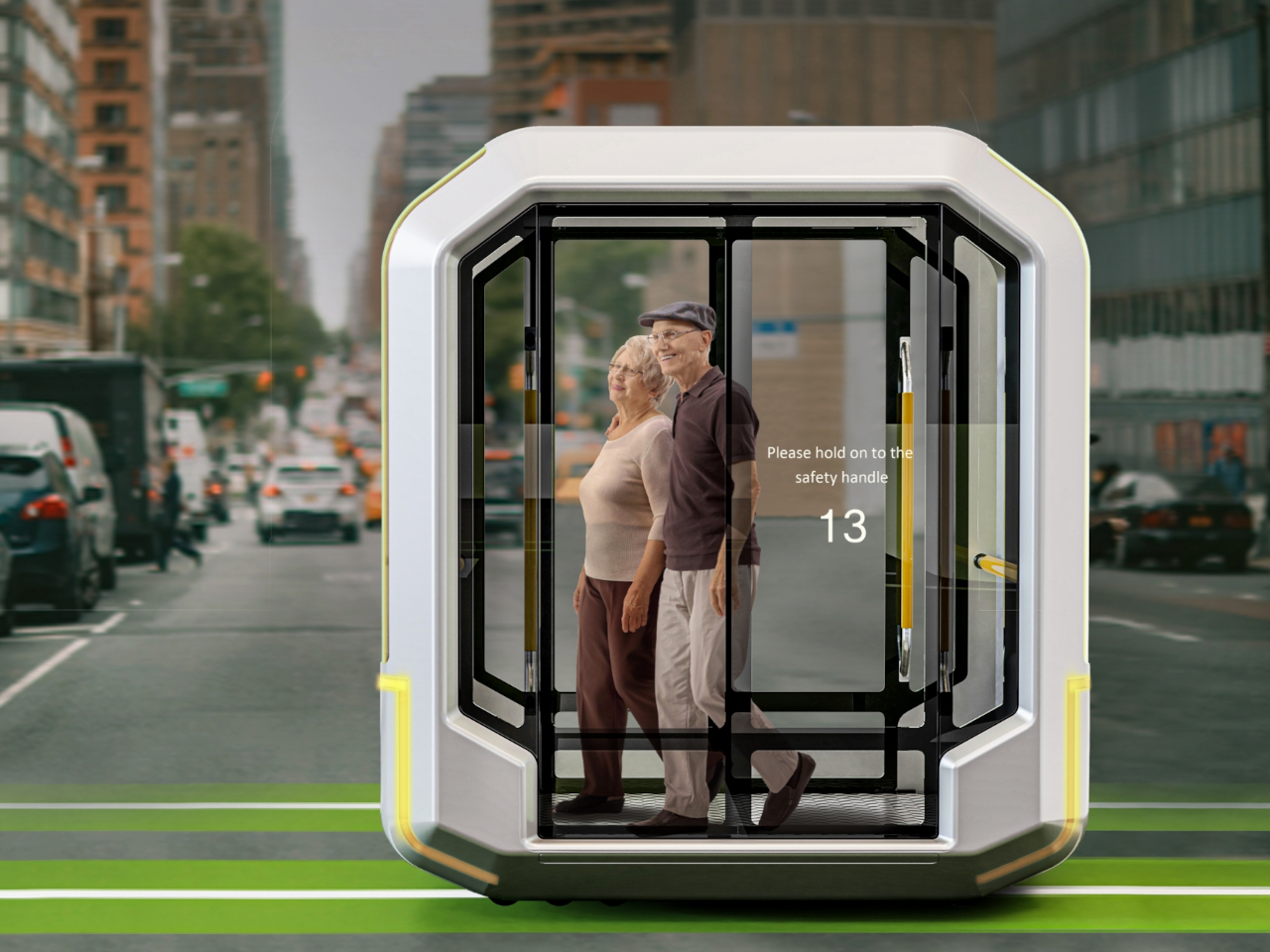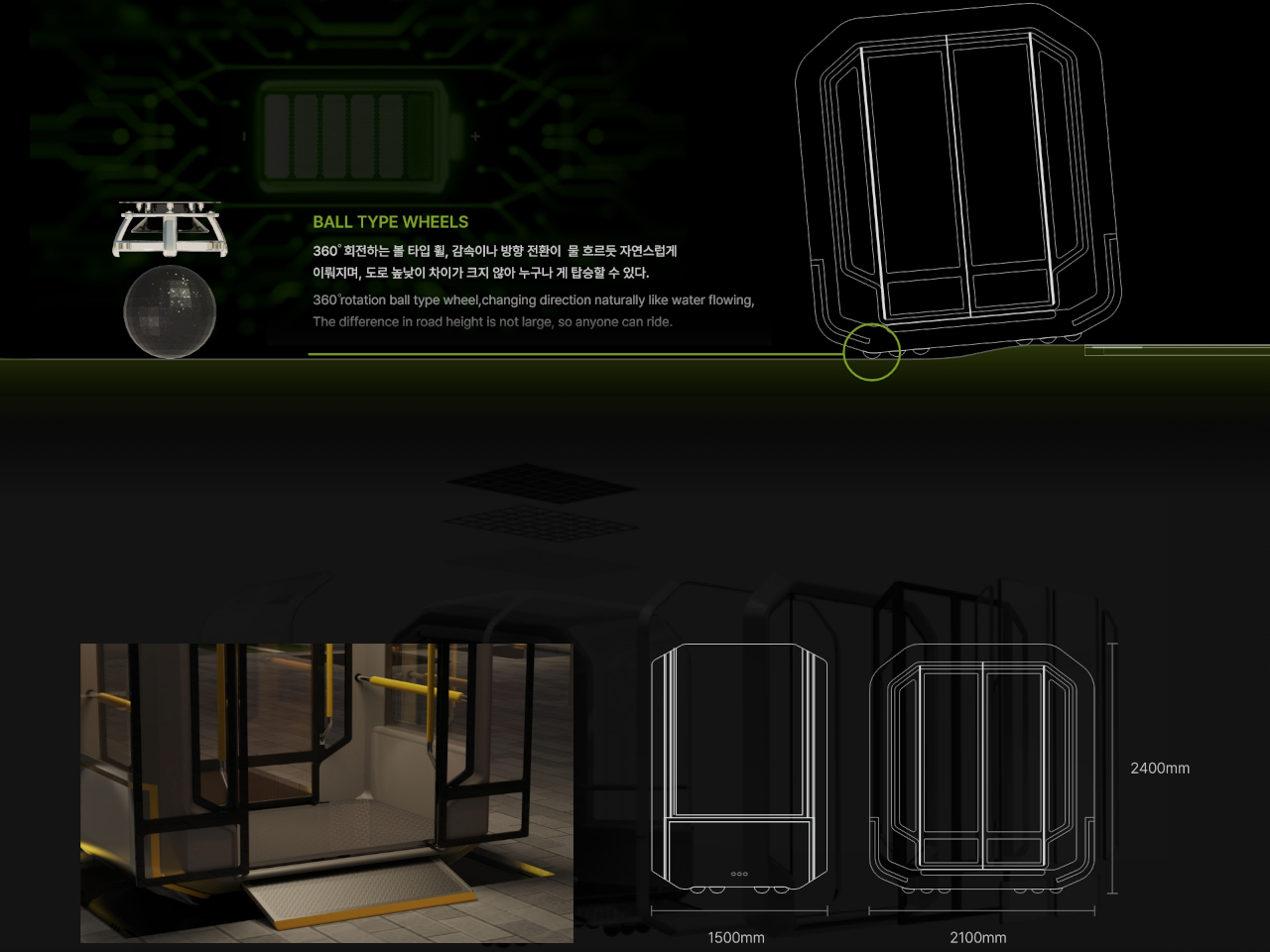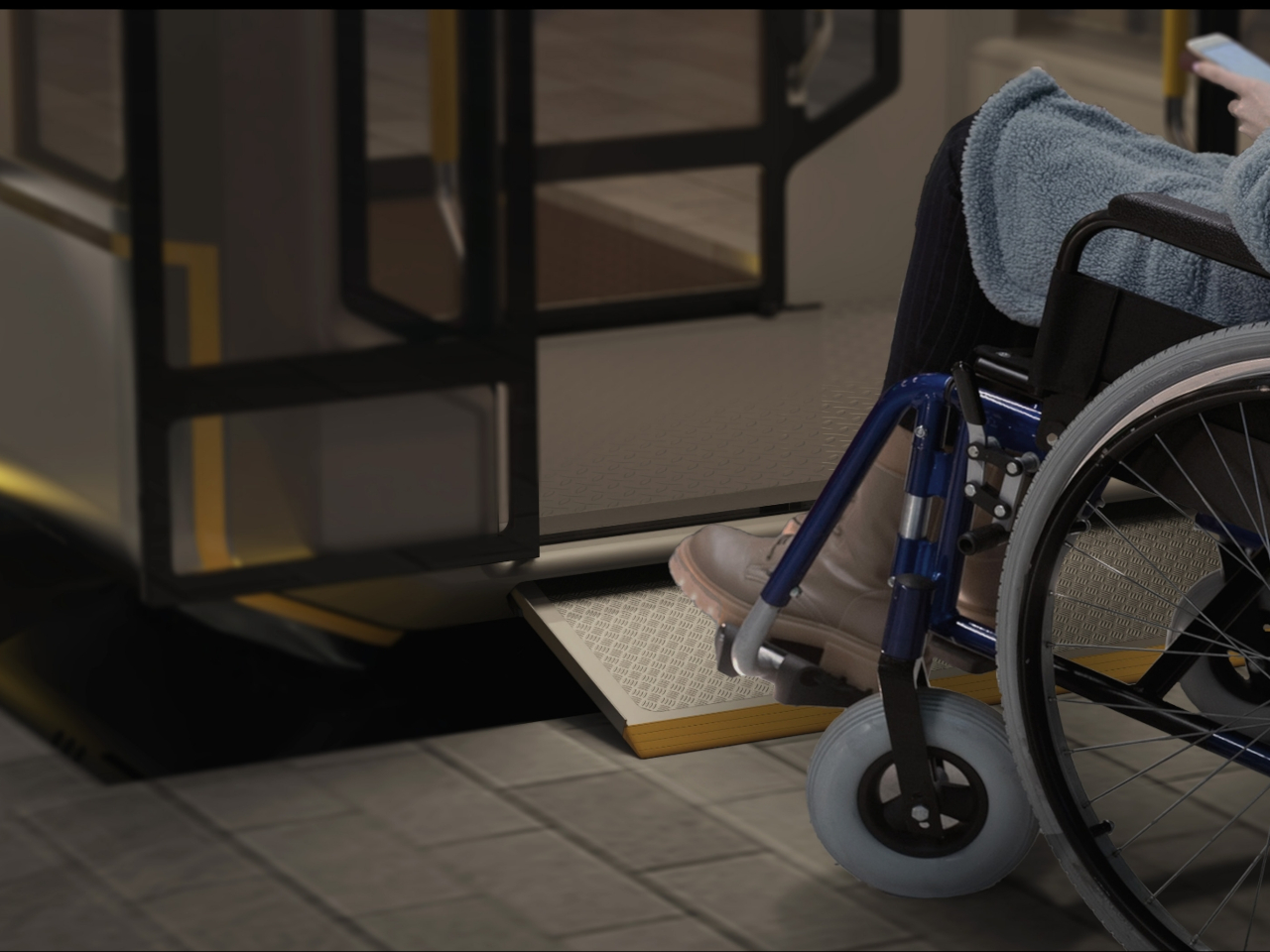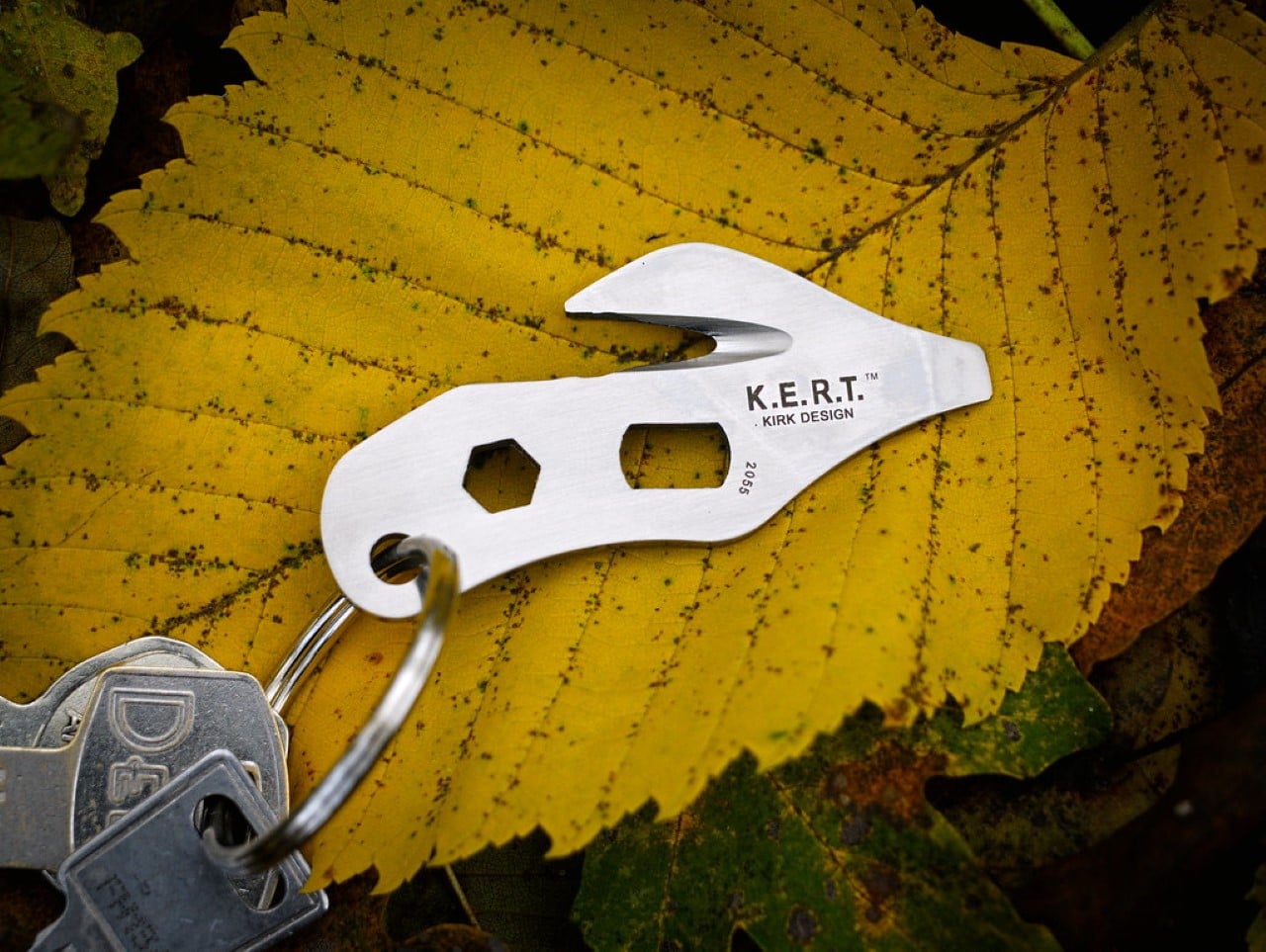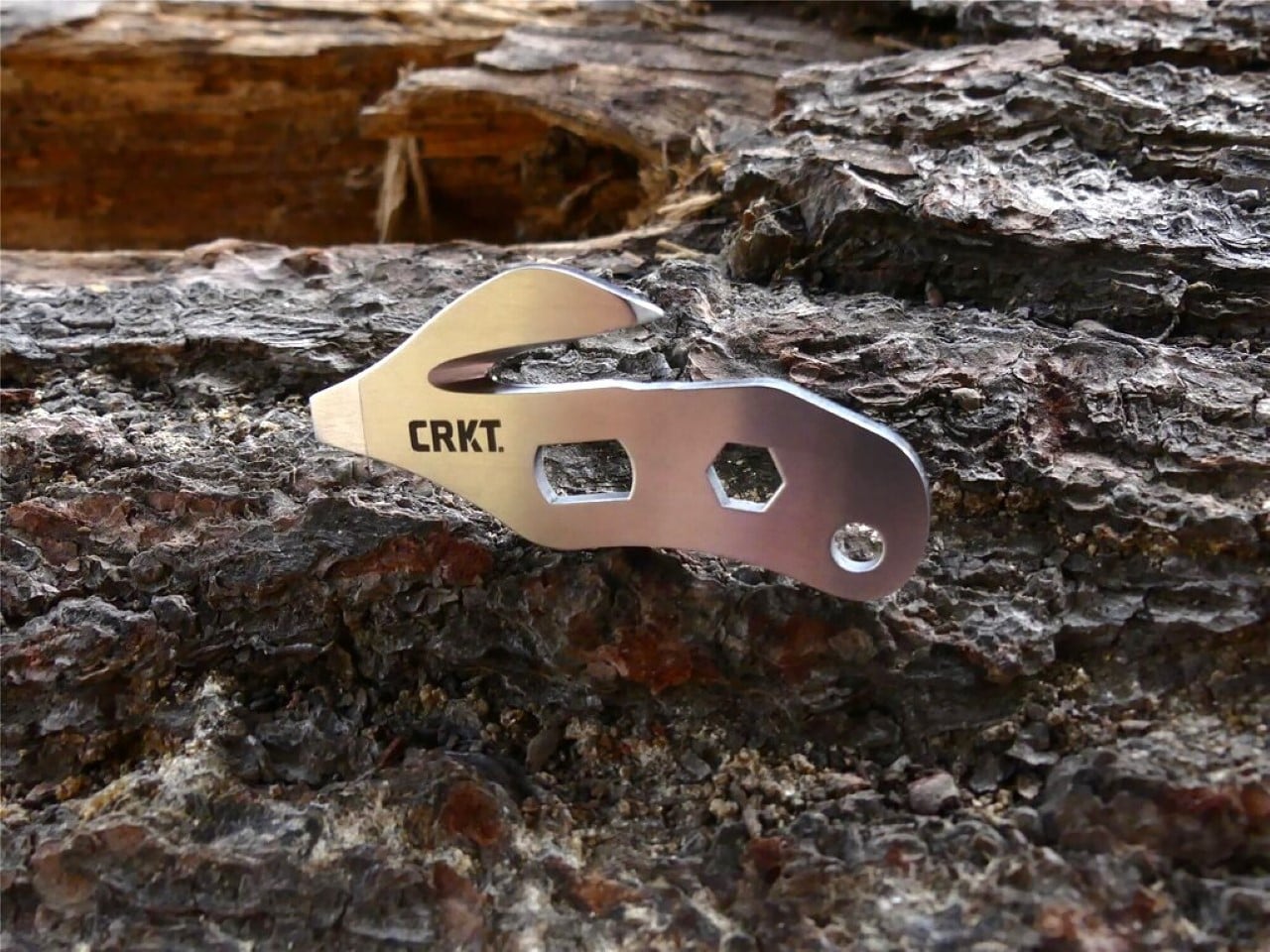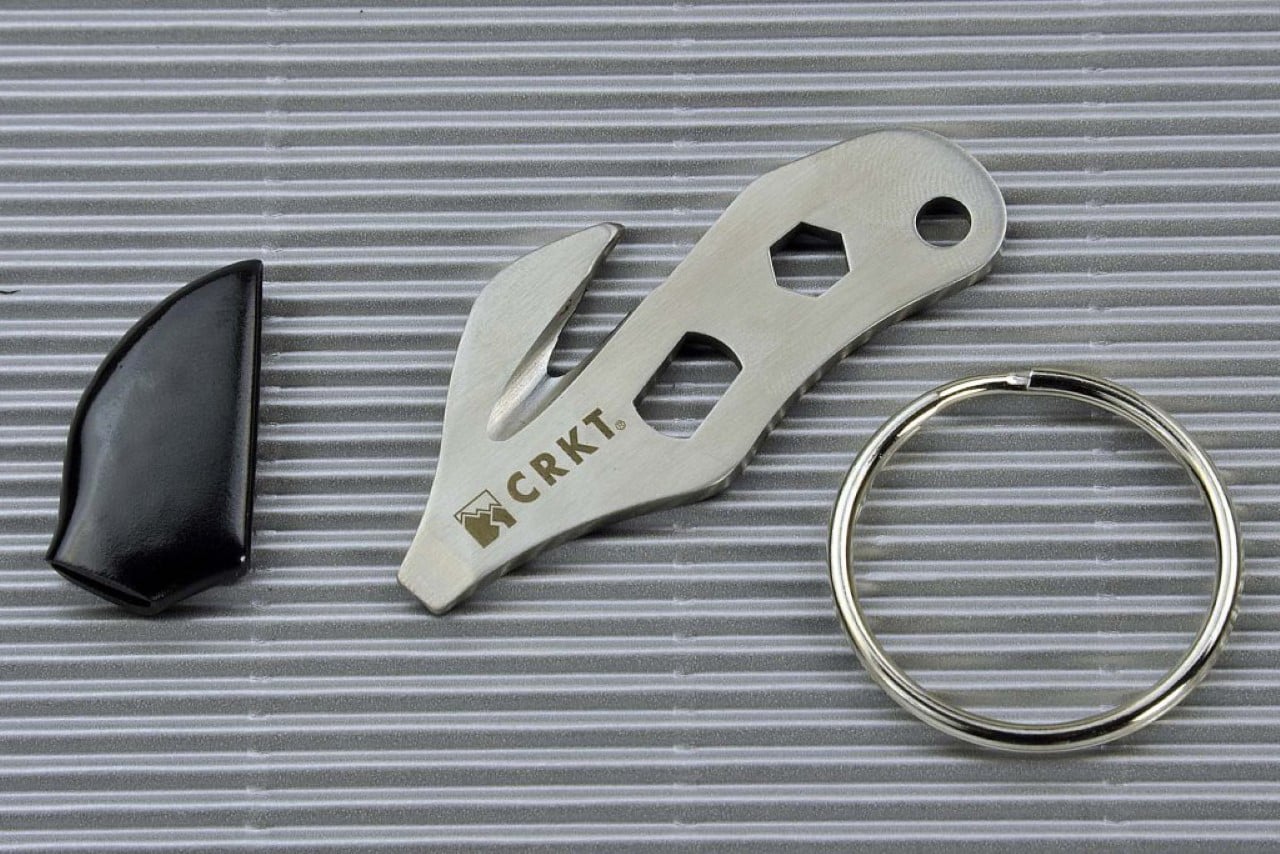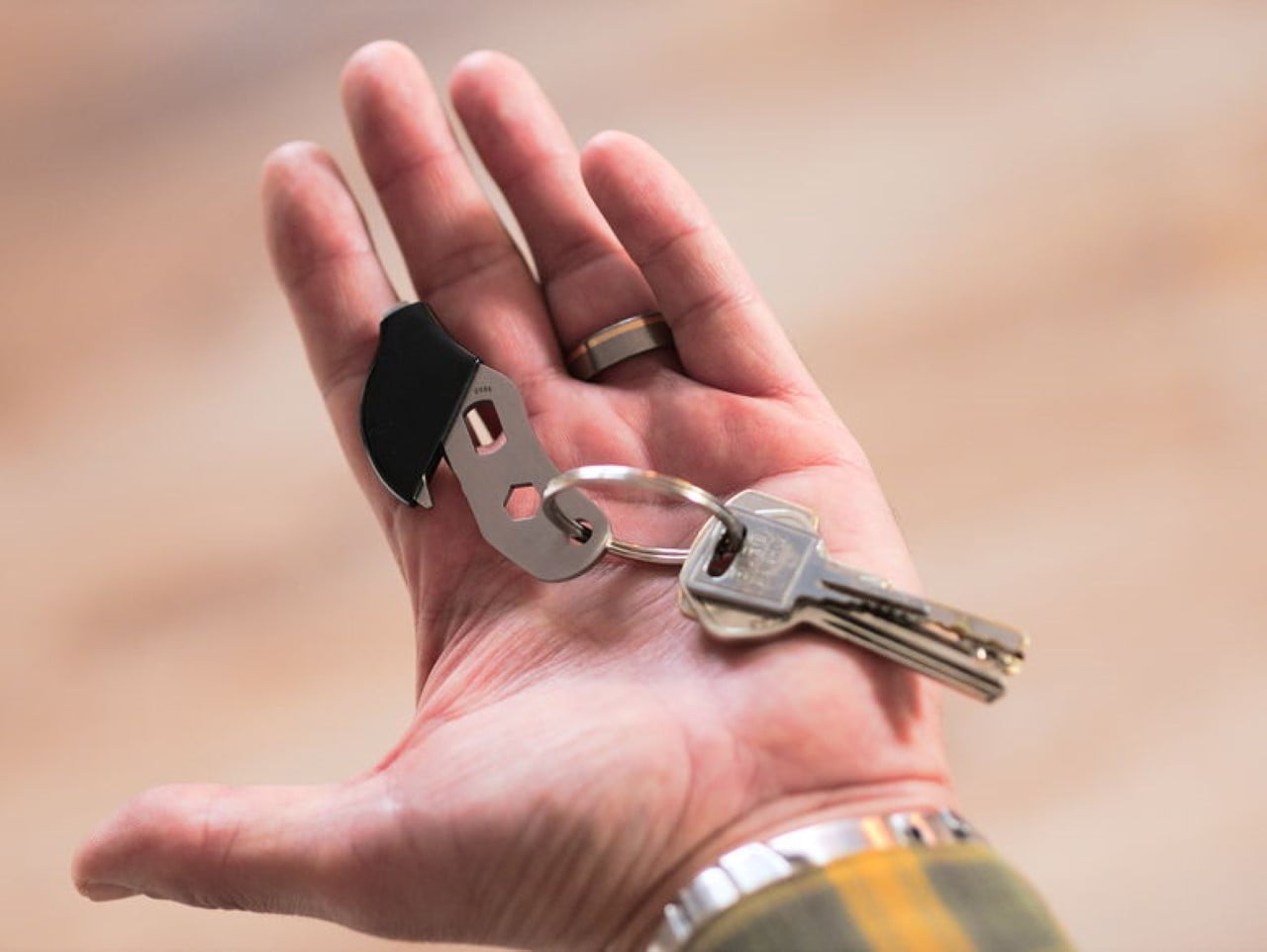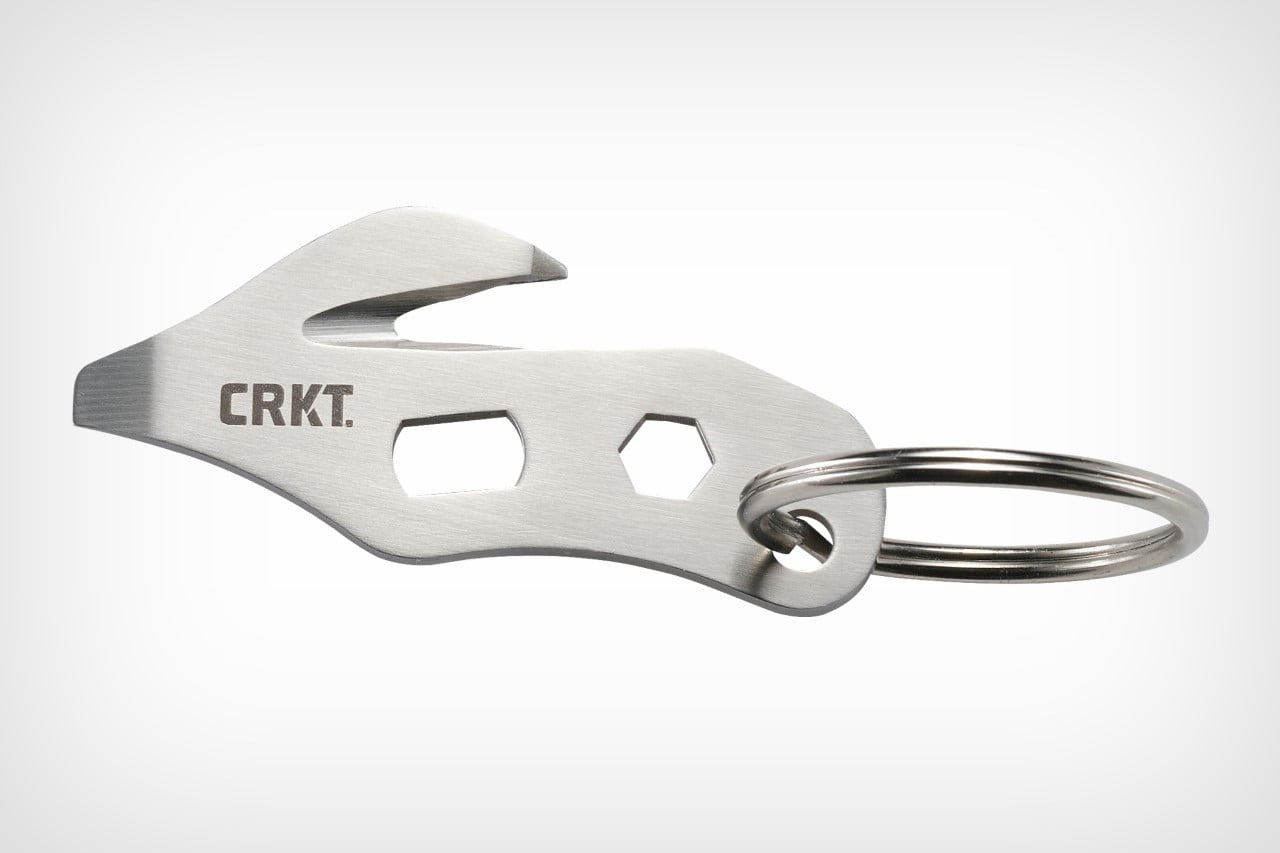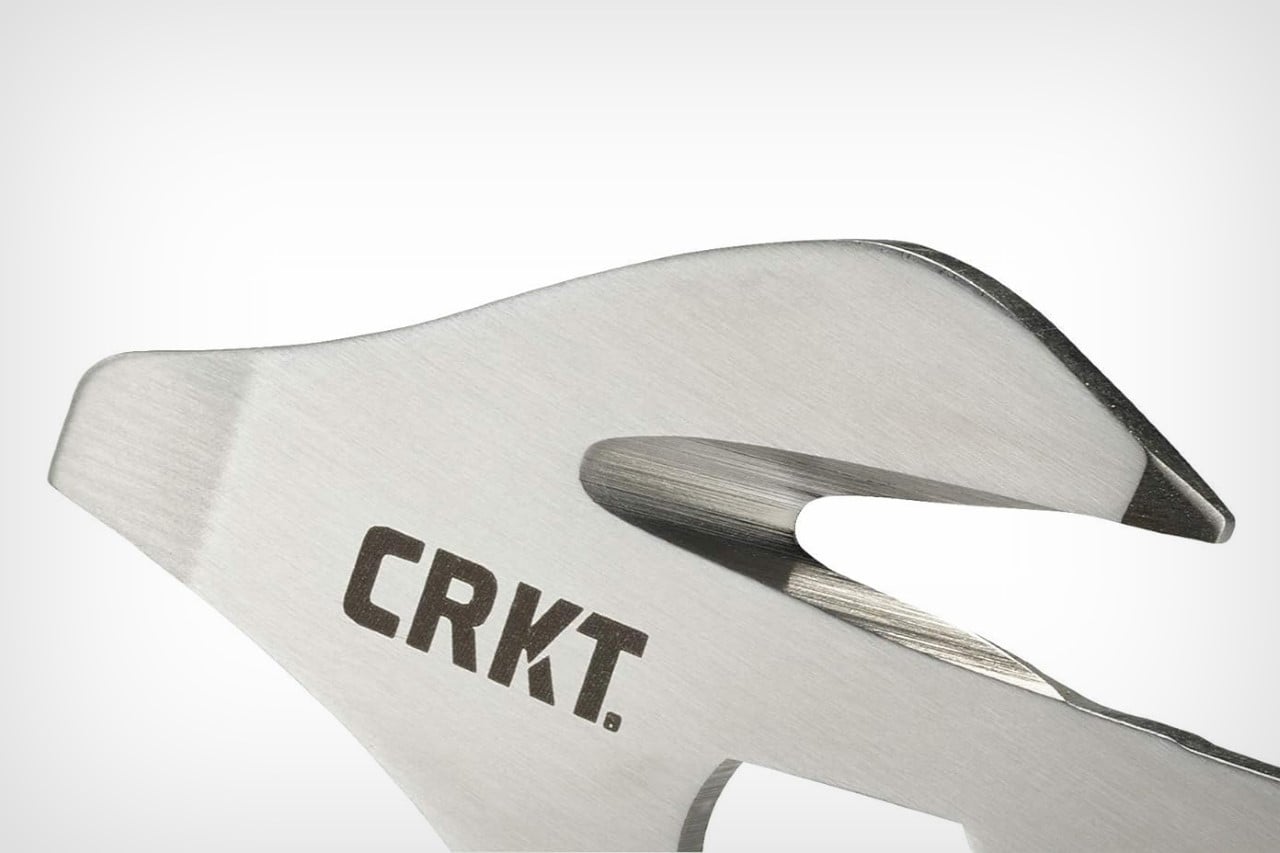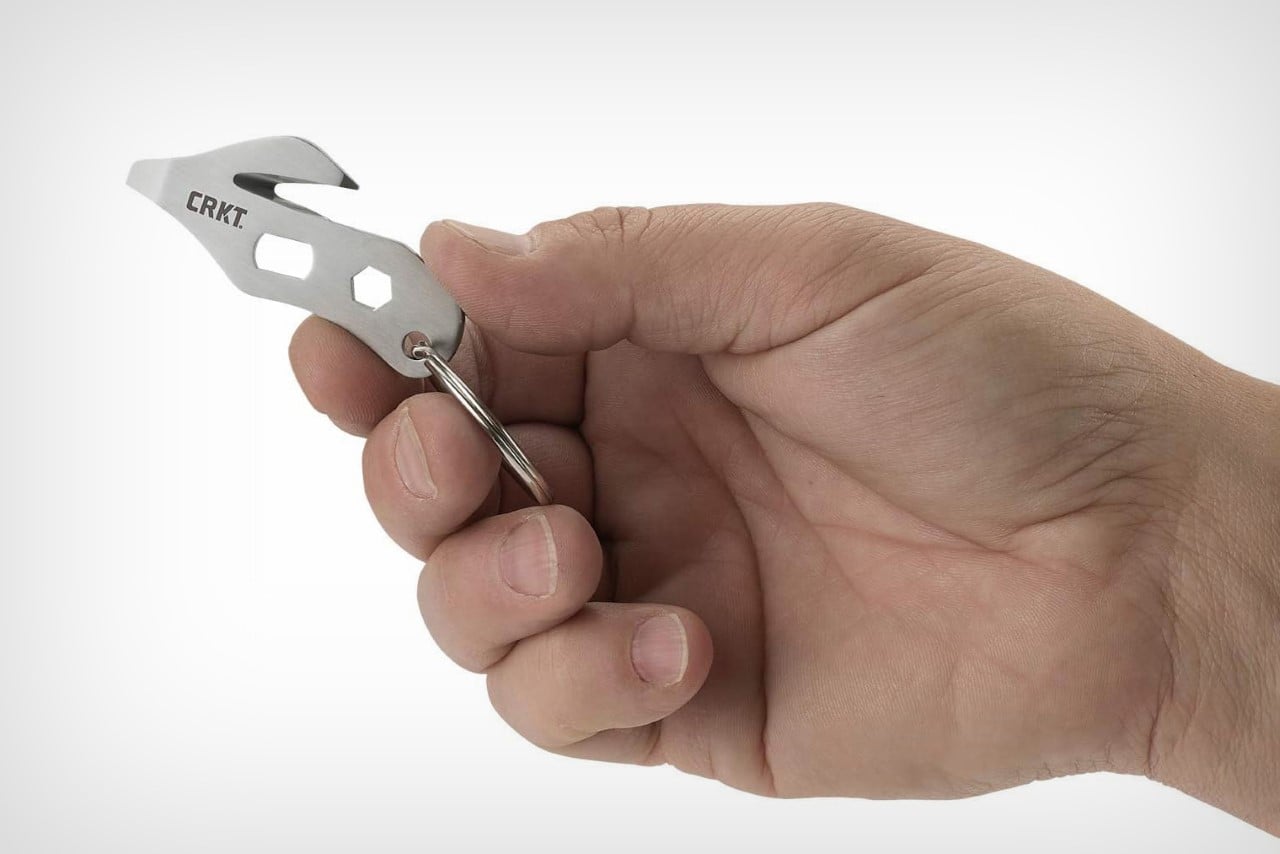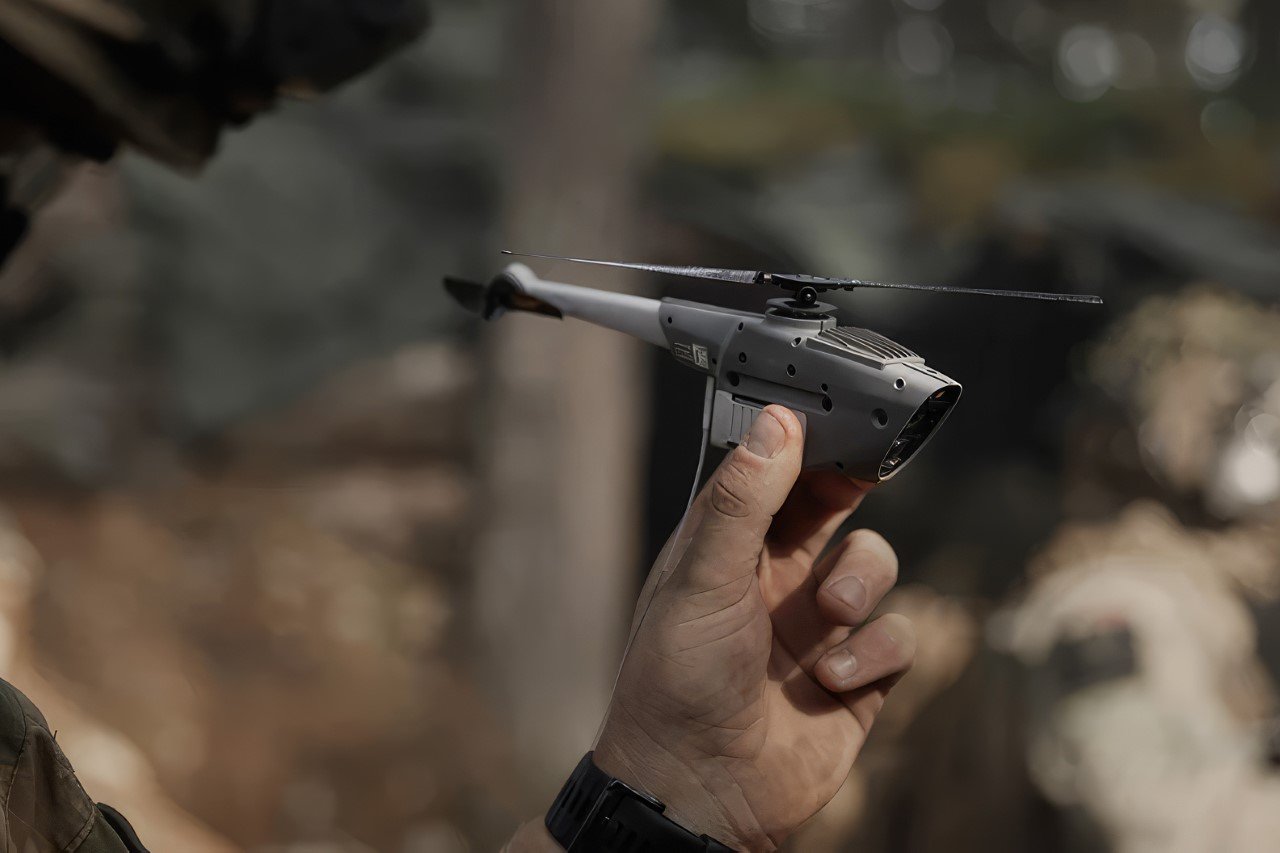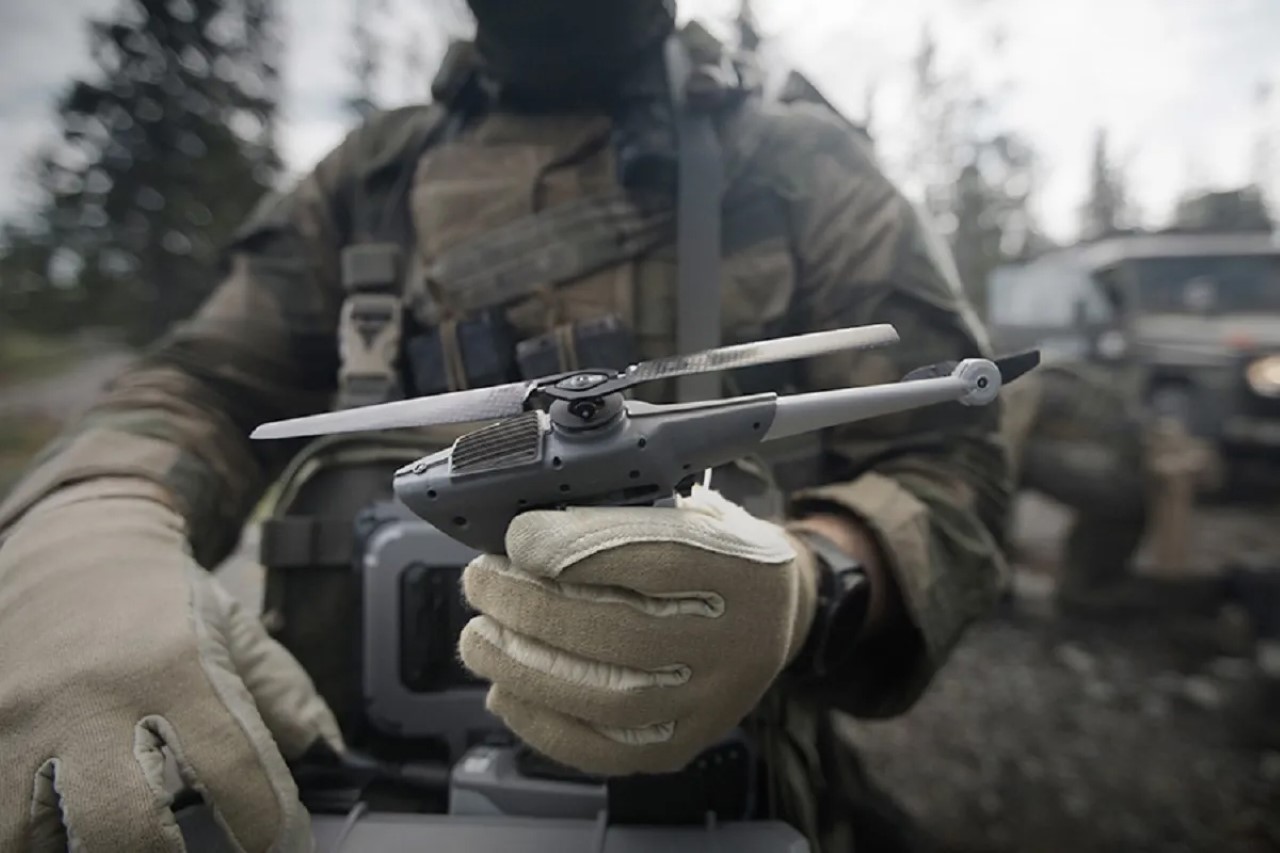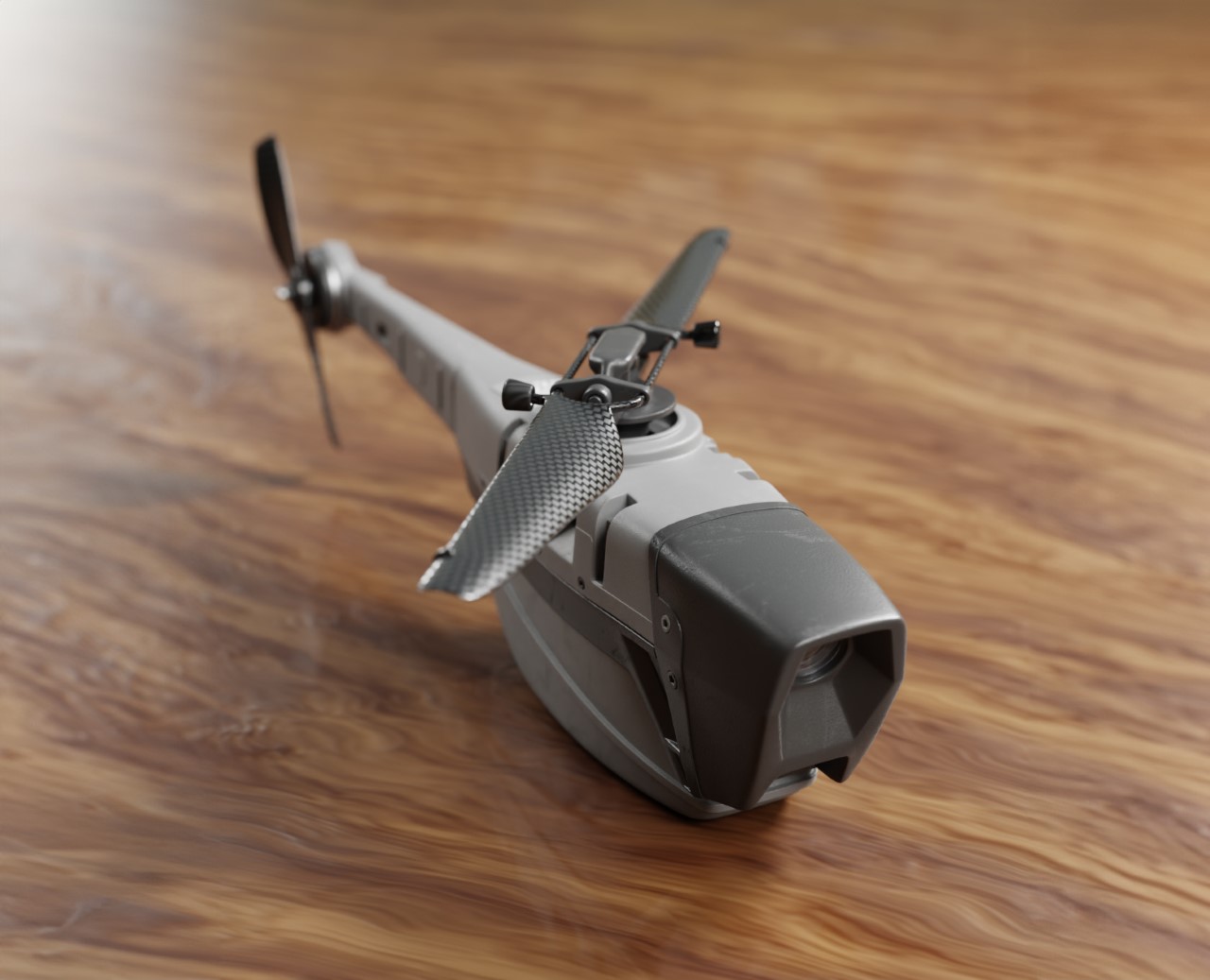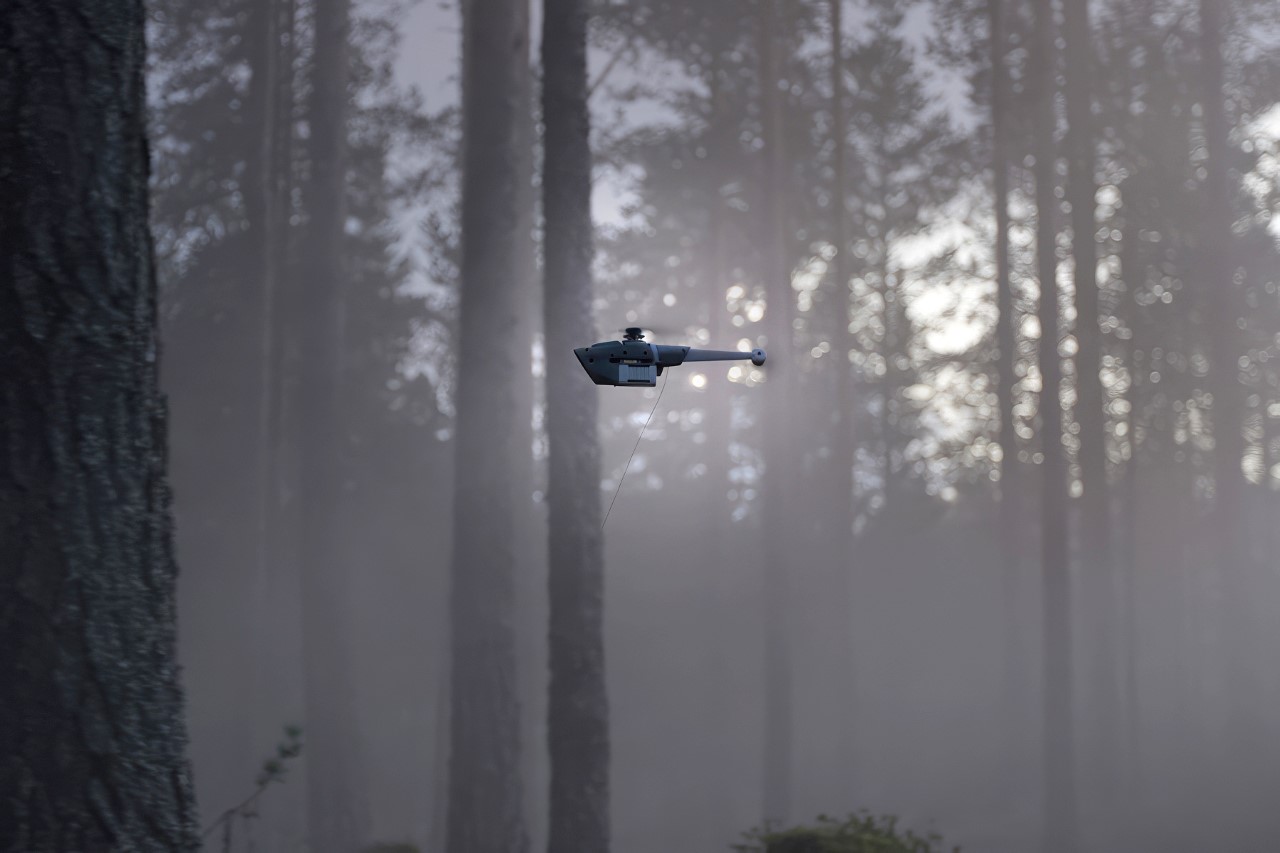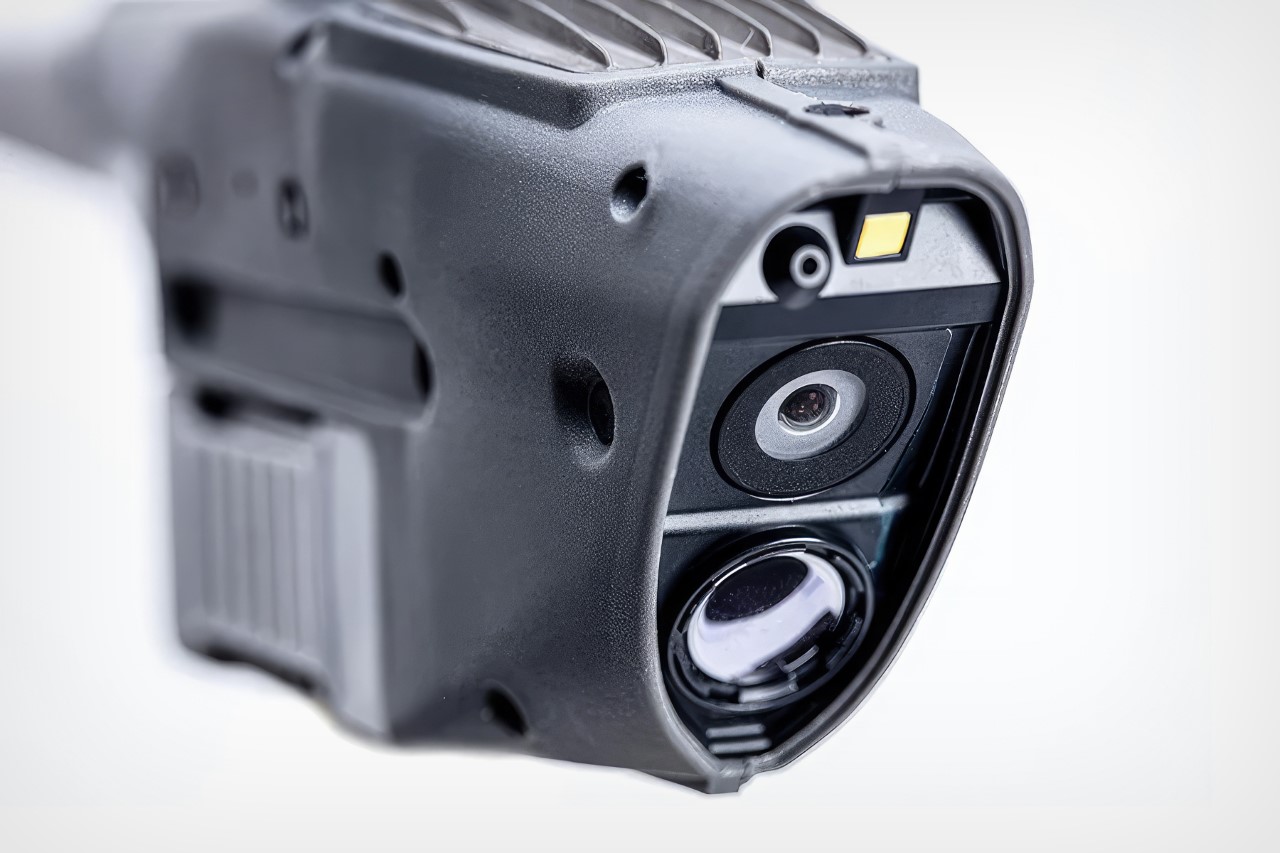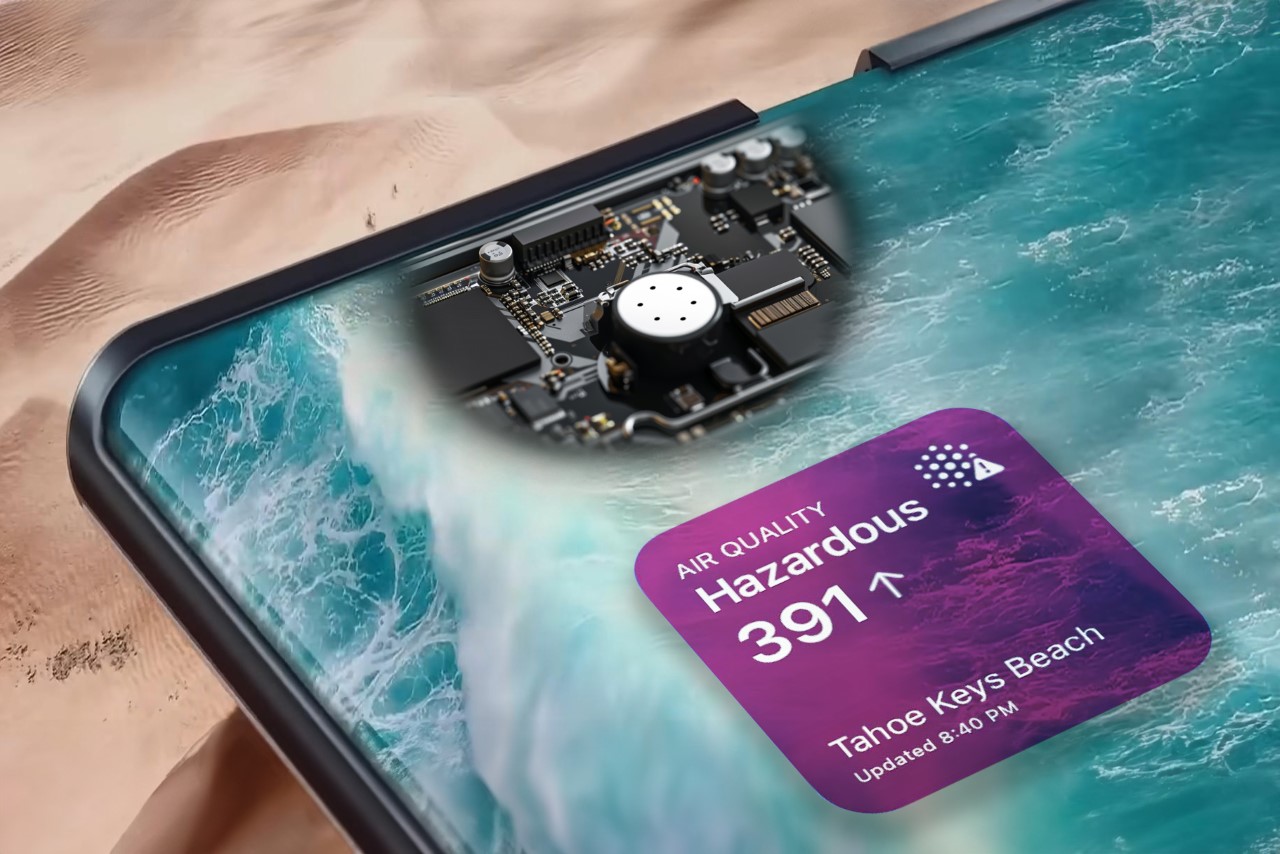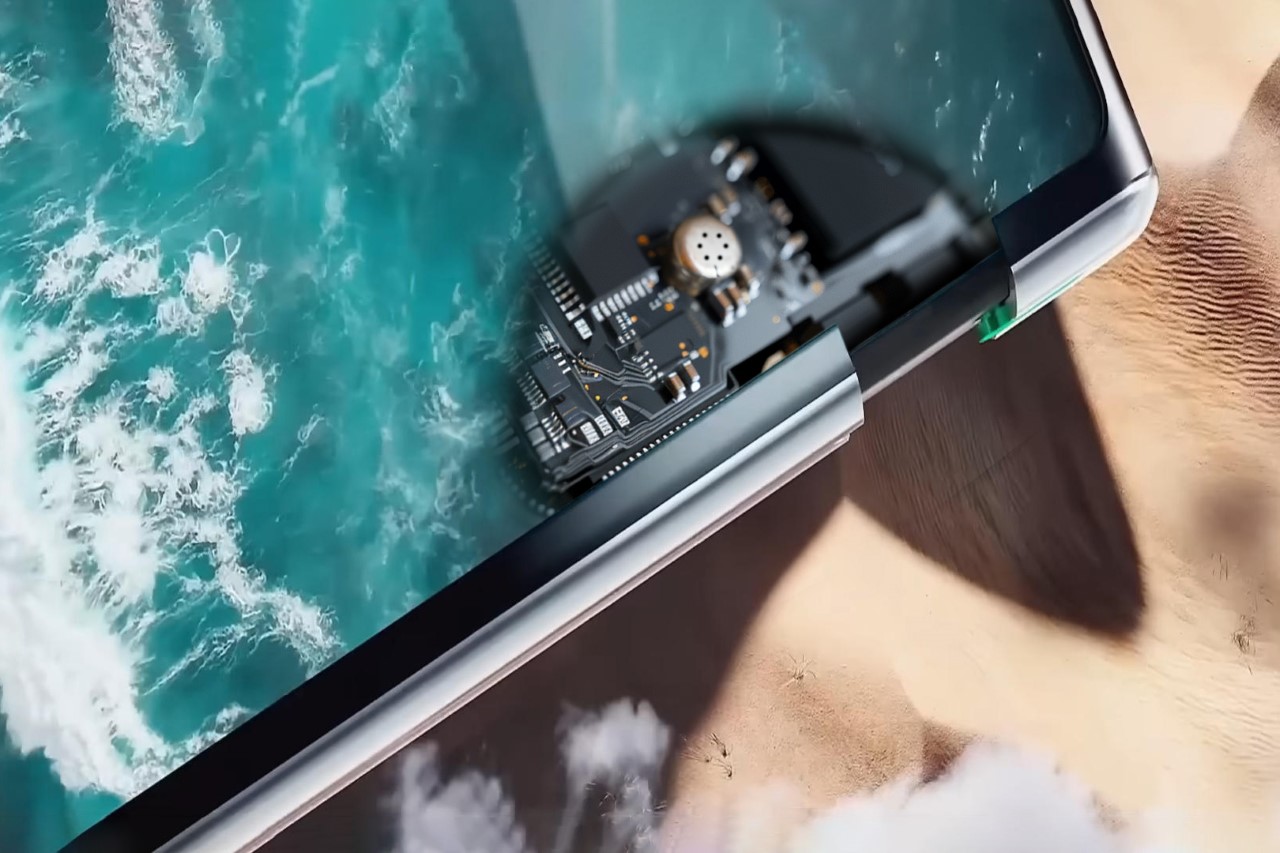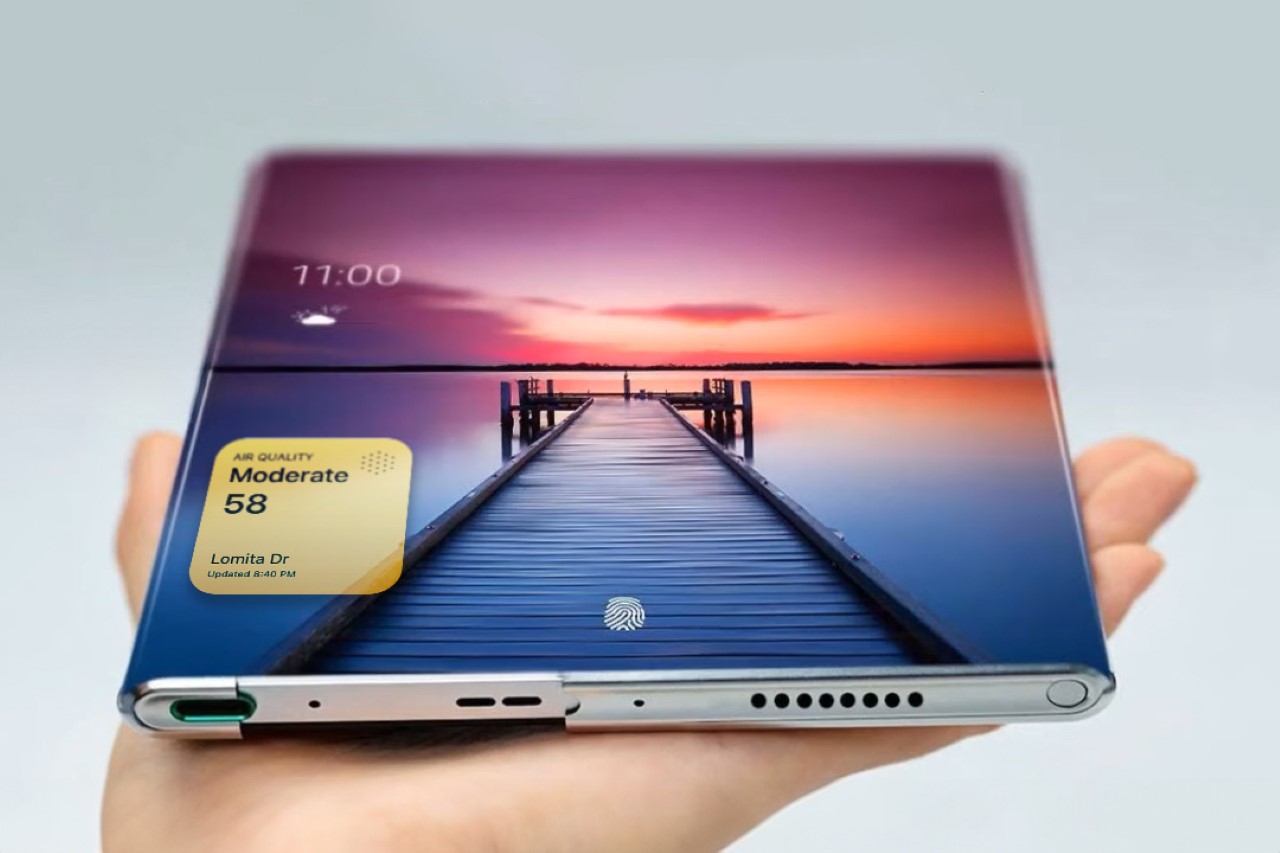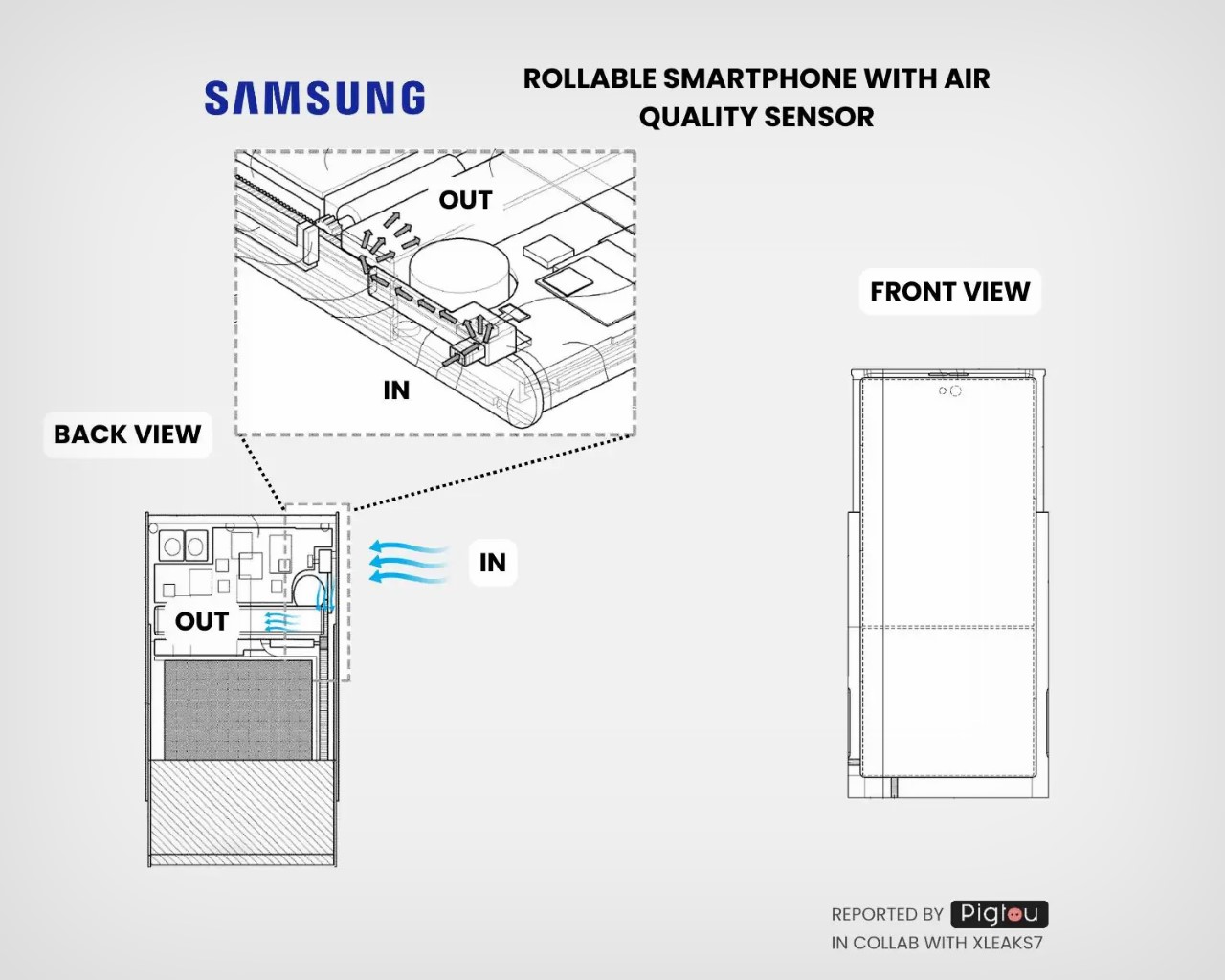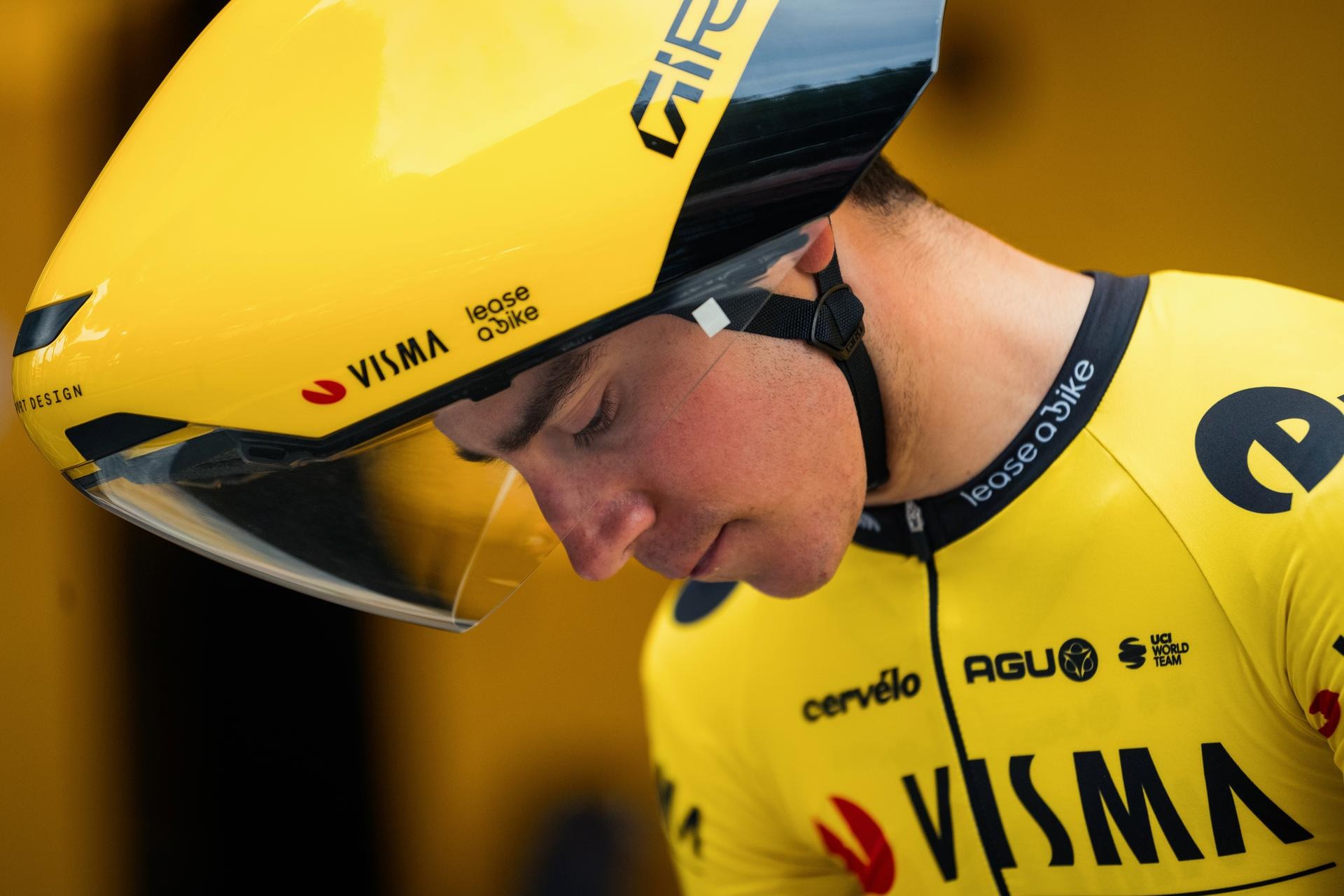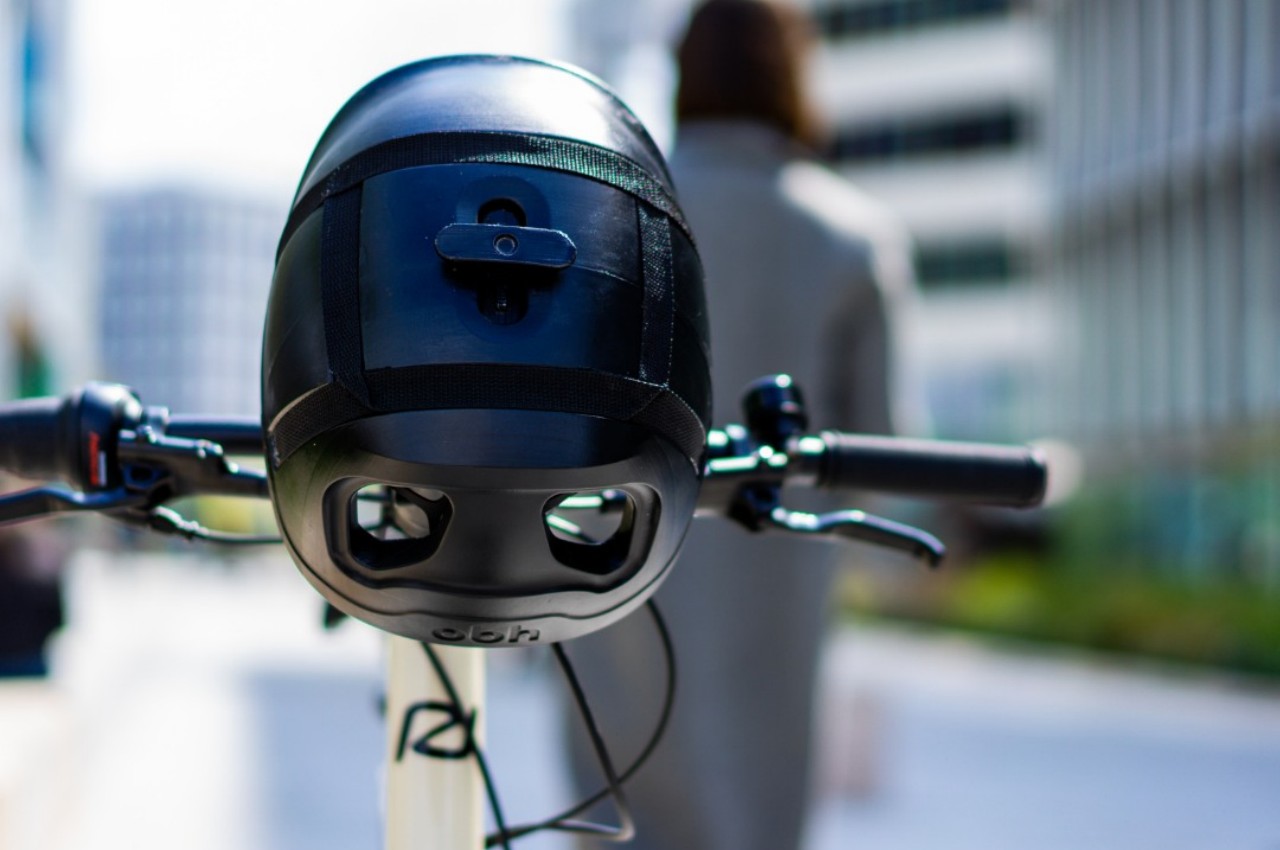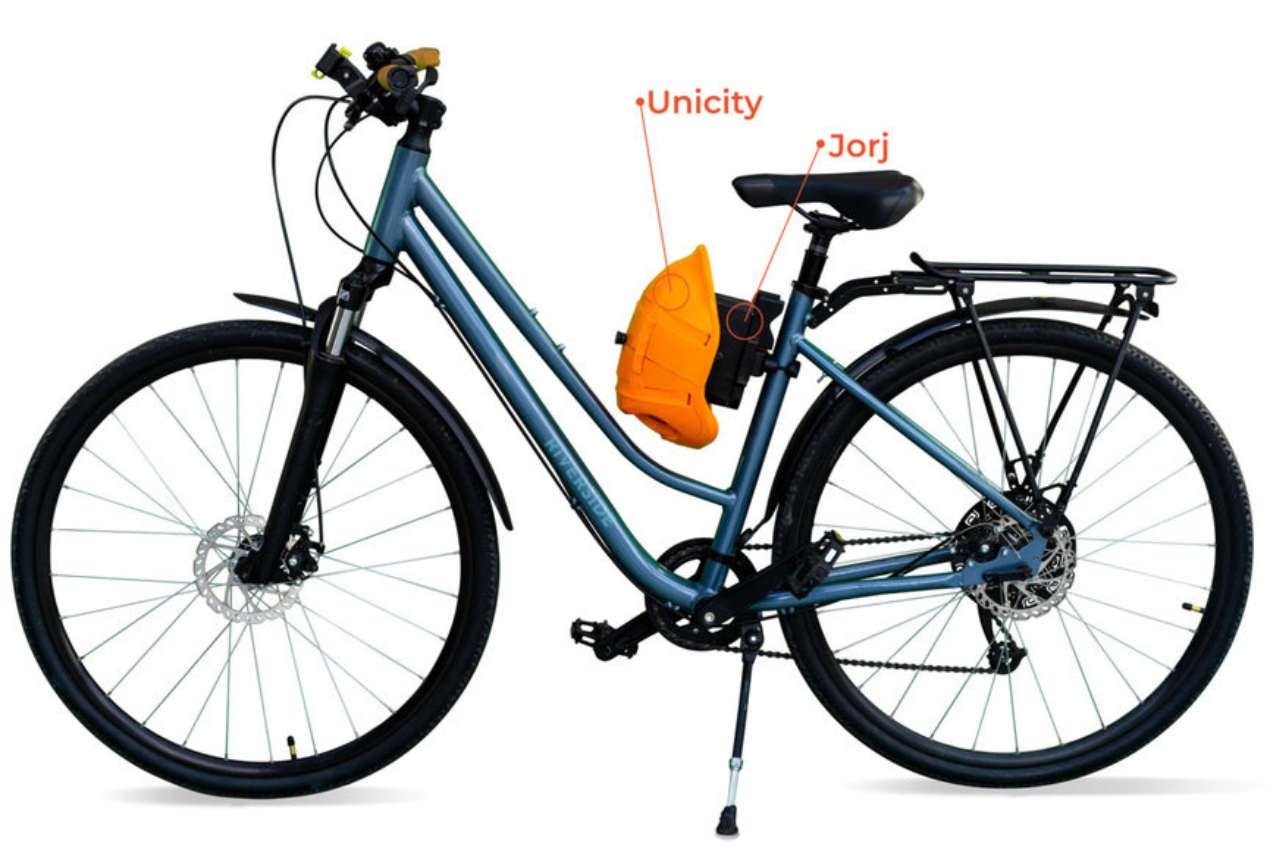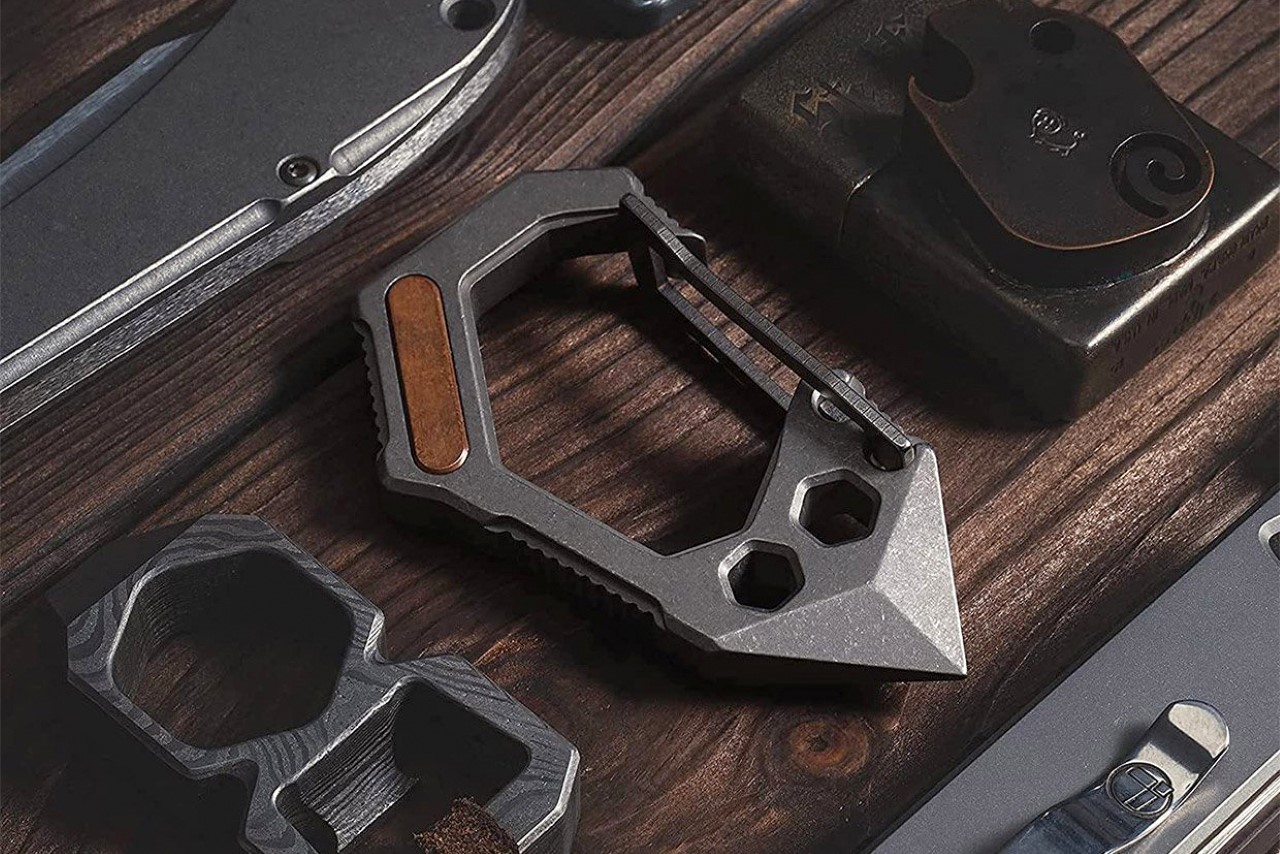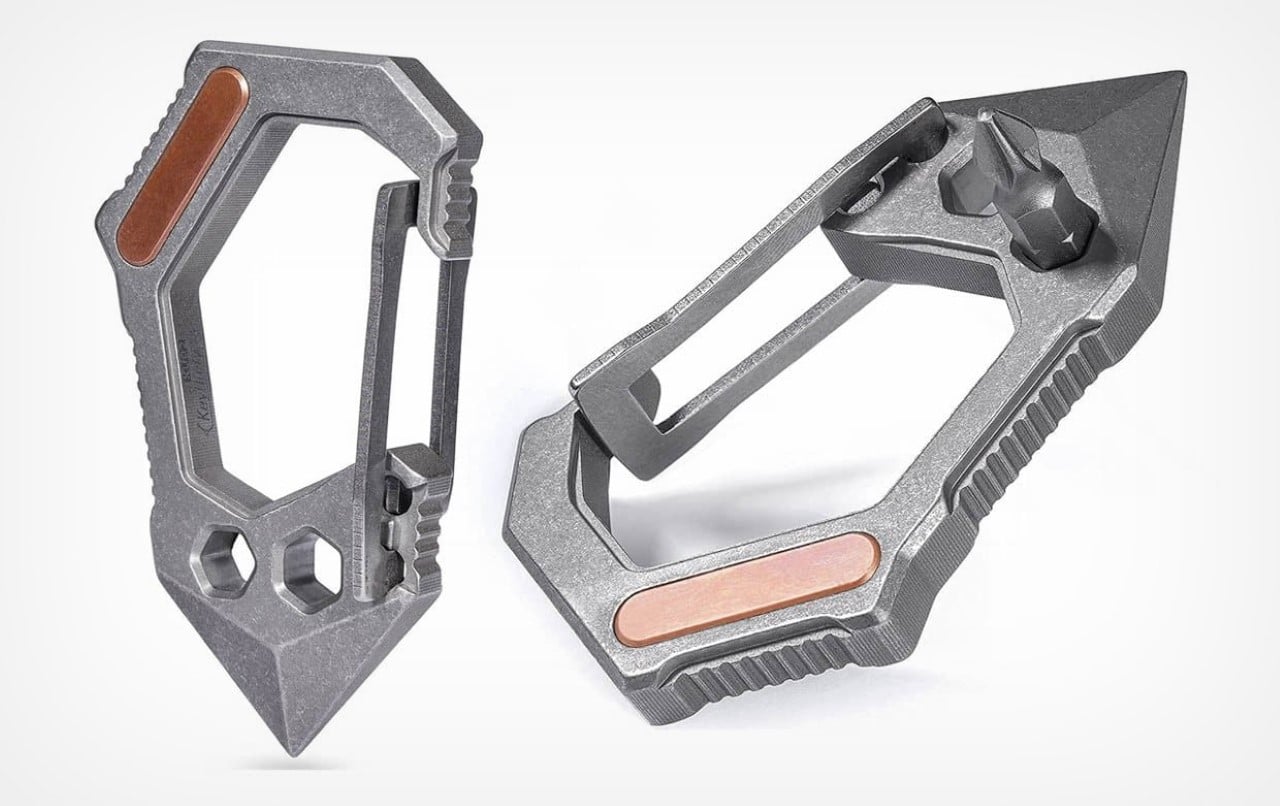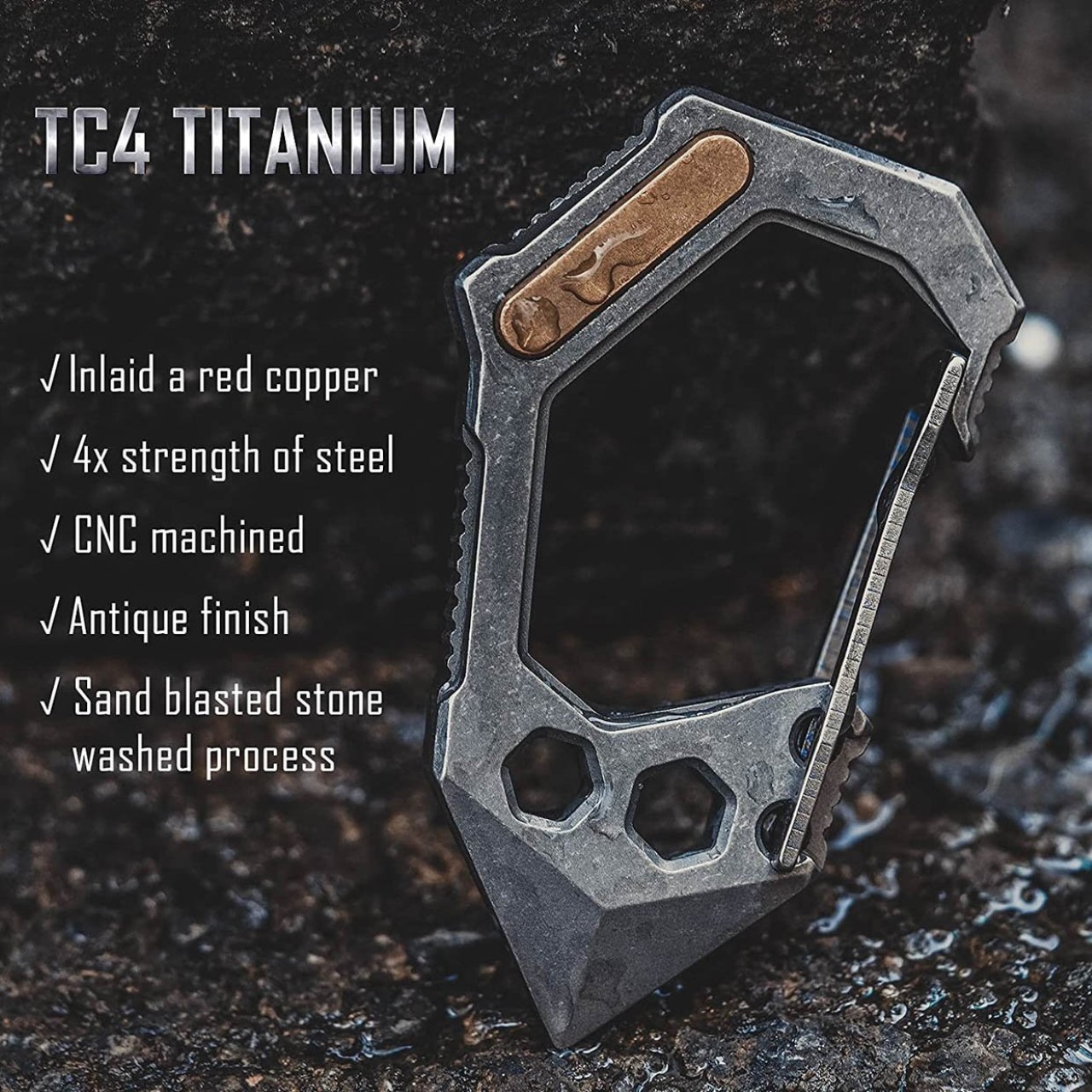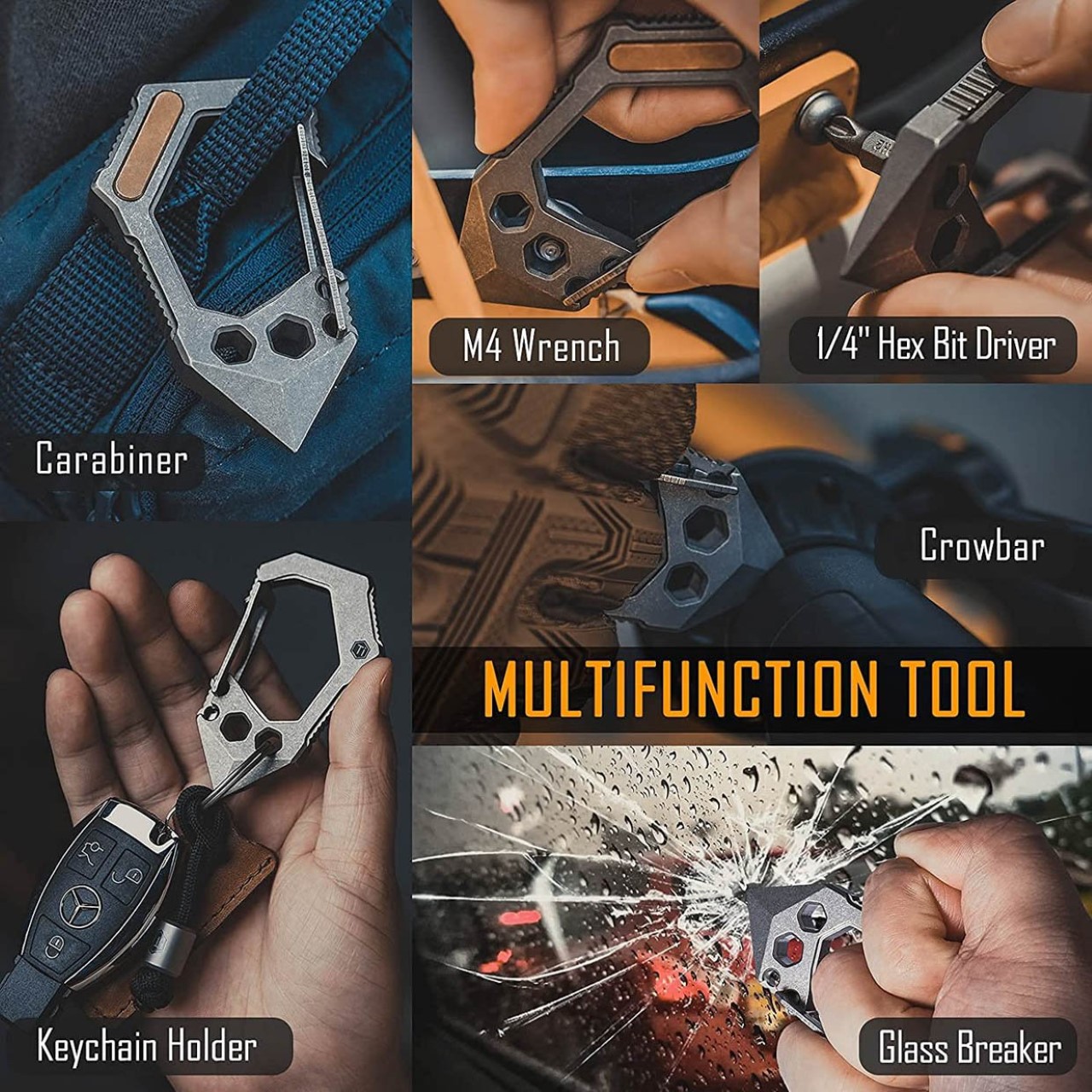The Ventete aH-1 Cycle Helmet, awarded the prestigious Luminary Winner title at this year’s Red Dot Award: Design Concept, is an innovative take on personal safety for urban cyclists. At a time when cities are embracing cycling as a sustainable and efficient mode of transport, the aH-1 helmet emerges as a design-forward solution, combining portability, comfort, and protection in a way that challenges traditional helmet conventions.
What sets the aH-1 apart is its pneumatic design—a notable departure from the foam helmets that have dominated the market for over five decades. Instead of bulky, rigid foam, Ventete utilizes an inflatable air chamber system that collapses to a thickness of just 3.5 cm when deflated. This compact form allows the helmet to fit easily into a bag or even a large pocket, addressing a key pain point for cyclists who often struggle with where to store their helmets off the bike. When it’s time to ride, a small USB-C pump inflates the helmet in under 30 seconds, providing a quick and convenient transition from portability to protection.
Designer: Ventete Limited
Click here to view more Award-winning designs from the Red Dot Award: Design Concept
Beyond the obvious convenience, this inflatable structure offers functional advantages. Ventete has engineered the aH-1 with a chambered design that significantly improves airflow around the rider’s head. Traditional foam helmets trap heat, often making them uncomfortable during longer rides or in warm weather. By contrast, the air-filled design of the aH-1 promotes natural ventilation, keeping the rider’s head cool. Testing conducted by the Swiss Federal Lab for Material Science (EMPA) confirmed that the helmet’s cooling performance matches that of riding bareheaded, a remarkable feat for a safety device.
While inflatable, the helmet is far from fragile or ineffective. It is fully certified to CE/UKCA standards (EN1078), meaning it meets stringent European and UK safety requirements. Extensive research at Imperial College London’s HeadLab revealed that the aH-1 offers superior protection, particularly against rotational impacts—a leading cause of brain injuries in cycling accidents. With over 15 global patents protecting its design, the aH-1 is a product of nearly a decade of research and development, marrying innovation with practical safety.
The design process, led by Ventete’s team of architects and engineers, was guided by a philosophy that integrates functionality with minimalism. The helmet’s understated aesthetic reflects a growing trend in urban mobility design, where products are expected to seamlessly fit into the user’s lifestyle. Its compact and foldable nature speaks to a more flexible, spontaneous approach to transportation. Produced in Switzerland, the aH-1 also embodies the precision and craftsmanship for which the country is known, ensuring that the helmet is as durable as it is stylish.
The aH-1’s innovative design aligns with the broader cultural shift towards sustainability and urban mobility. As more cities promote cycling as a key component of their transport infrastructure, there is an increasing demand for gear that is not only safe and functional but also adaptable to the fast-paced, space-conscious lives of urban dwellers. By addressing the limitations of traditional helmets, the aH-1 positions itself as a forward-thinking solution for the modern cyclist.
Click here to view more Award-winning designs from the Red Dot Award: Design Concept
The post Life-Saving Pneumatic Inflatable Helmet declared the 2024 Red Dot Award: Design Concept Luminary Winner first appeared on Yanko Design.
